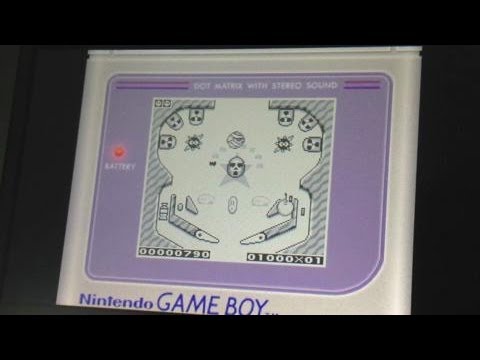Pushing the Boundaries of Visual Effects with Rogue One’s Digital Humans
Summary
In this article, we explore how the team at Industrial Light and Magic (ILM) pushed the boundaries of visual effects with the creation of Grand Moff Tarkin’s face in the Star Wars movie, Rogue One. We discuss the development of the ILM facial pipeline and the challenges the team faced in creating a digital version of the character Tarkin.
Table of Contents
- The ILM Facial Pipeline
- Creating a Digital Version of Tarkin
- Delivering Tarkin’s Performance
- Conclusion
The ILM Facial Pipeline
Rogue One was a movie that aimed to push the boundaries of visual effects, particularly in the area of digital humans. John Nol from ILM came up with the idea for the movie, which was used to develop the ILM facial pipeline. This pipeline was used to create Grand Moff Tarkin’s face, and it won the 2017 Sci-Tech Award.
The ILM facial pipeline starts with the design of the character and an actor who will drive it. The actor is scanned in a complex light stage and a Medusa rig, and then filmed on set with four cameras. The computer matches the on-set performance with the scans and uses Snap Solver to adjust the parts of the face. The result is a very accurate digital version of the actor’s performance.
Creating a Digital Version of Tarkin
To create a digital version of the character Tarkin for the film Rogue One, the modelers at ILM used a plaster life cast of the actor Peter Cushing, who played Tarkin in the original Star Wars film. They combined this with digital reference to create an accurate model of his face.
However, it was not as simple as just retargeting the information from Guy Henry’s digital performance to the digital head of Tarkin. The animators at ILM had to work to deliver a Tarkin with Peter’s performance, as it was his interpretation of the character that would be seen on screen.
Additionally, the lighting and filming style of Rogue One differed from the original Star Wars film, so the ILM team had to render a digital Tarkin that looked and felt like the original character. Despite these challenges, the result was a remarkable achievement.
Delivering Tarkin’s Performance
The performance of Tarkin was key to the success of the digital version of the character. The animators at ILM had to work to deliver a Tarkin with Peter’s performance, as it was his interpretation of the character that would be seen on screen.
The team at ILM had to ensure that the digital Tarkin looked and felt like the original character. They had to match the lighting and filming style of Rogue One to create a seamless transition between the original footage and the digital version of Tarkin.
Conclusion
The creation of Grand Moff Tarkin’s face in Rogue One was a remarkable achievement in the world of visual effects. The team at ILM pushed the boundaries of what was possible with digital humans, and the result was a character that looked and felt like the original. The ILM facial pipeline was a key part of this success, and it has paved the way for future advancements in visual effects.






